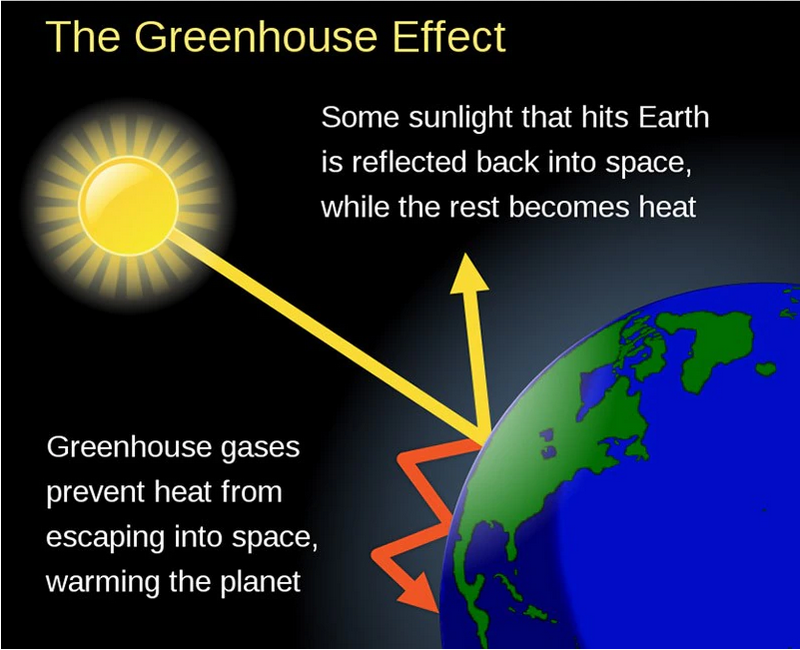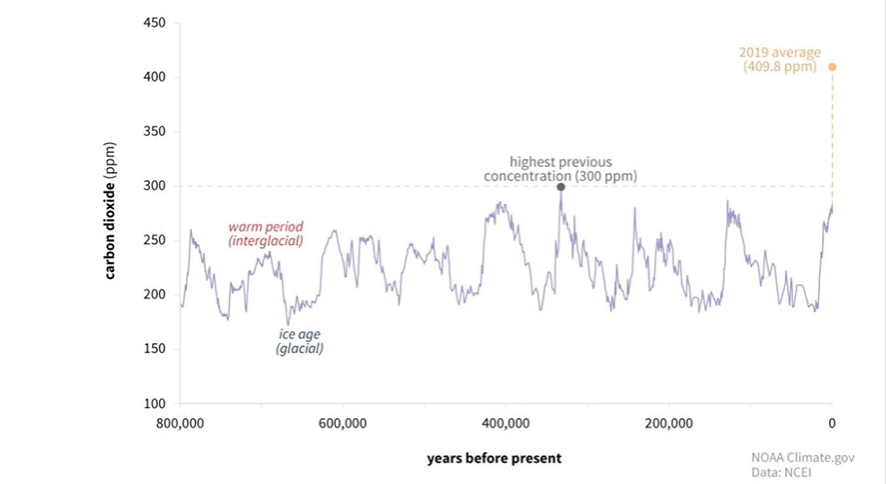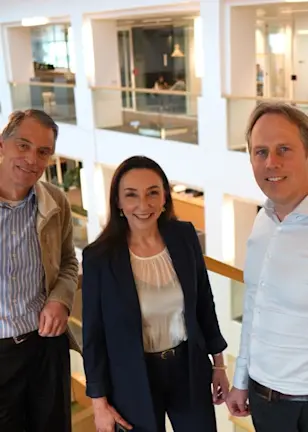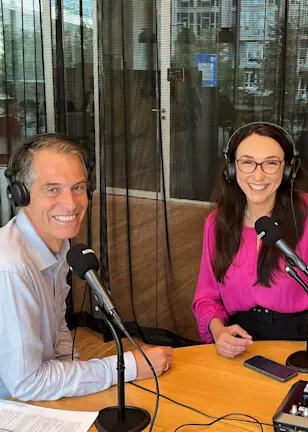Disclaimer Robeco Switzerland Ltd.
The information contained on these pages is solely for marketing purposes.
Access to the funds is restricted to (i) Qualified Investors within the meaning of art. 10 para. 3 et sequ. of the Swiss Federal Act on Collective Investment Schemes (“CISA”), (ii) Institutional Investors within the meaning of art. 4 para. 3 and 4 of the Financial Services Act (“FinSA”) domiciled Switzerland and (iii) Professional Clients in accordance with Annex II of the Markets in Financial Instruments Directive II (“MiFID II”) domiciled in the European Union und European Economic Area with a license to distribute / promote financial instruments in such capacity or herewith requesting respective information on products and services in their capacity as Professional Clients.
The Funds are domiciled in Luxembourg and The Netherlands. ACOLIN Fund Services AG, postal address: Leutschenbachstrasse 50, CH-8050 Zürich, acts as the Swiss representative of the Fund(s). UBS Switzerland AG, Bahnhofstrasse 45, 8001 Zurich, postal address: Europastrasse 2, P.O. Box, CH-8152 Opfikon, acts as the Swiss paying agent.
The prospectus, the Key Investor Information Documents (KIIDs), the articles of association, the annual and semi-annual reports of the Fund(s) may be obtained, on simple request and free of charge, at the office of the Swiss representative ACOLIN Fund Services AG. The prospectuses are also available via the website https://www.robeco.com/ch.
Some funds about which information is shown on these pages may fall outside the scope of CISA and therefore do not (need to) have a license from or registration with the Swiss Financial Market Supervisory Authority (FINMA).
Some funds about which information is shown on this website may not be available in your domicile country. Please check the registration status in your respective domicile country. To view the Robeco Switzerland Ltd. products that are registered/available in your country, please go to the respective Fund Selector, which can be found on this website and select your country of domicile.
Neither information nor any opinion expressed on this website constitutes a solicitation, an offer or a recommendation to buy, sell or dispose of any investment, to engage in any other transaction or to provide any investment advice or service. An investment in a Robeco Switzerland Ltd. product should only be made after reading the related legal documents such as prospectuses, annual and semi-annual reports.
By clicking “I agree” you confirm that you/the company you represent falls under one of the above-mentioned categories of addressees and that you have read, understood and accept the terms of use for this website.
Sustainable Investing
Greenhouse effect
The greenhouse effect occurs when heat from the sun becomes trapped in the Earth’s atmosphere rather than being reflected back into space, causing the planet to warm up.
It is a natural phenomenon that has accelerated in the past few centuries by the widescale emission of greenhouse gases such as carbon dioxide. These gases accumulate in the atmosphere, trapping infrared heat from the sun and preventing it from dissipating into space. This is the primary cause of global warming, which in turn leads to climate change.1

Emissions have risen exponentially since the industrial revolution of the 18th century led to the extensive burning of fossil fuels to generate electricity, power machinery and heat homes. The problem is increasing because solar radiation that enters the atmosphere cannot leave it, which means the planet will continue to get hotter unless emissions are reduced to net zero.
The greenhouse effect has already caused the planet to warm by more than 1°C since 1750. Much of this is now locked in and irreversible, causing climate change that can be seen in more extreme weather, melting ice caps and rising sea levels. The Paris Agreement aims to limit the global temperature rise to below 2°C above pre-industrial levels by the end of this century, and to pursue efforts to limit it to 1.5°C.
In order to achieve the lower target, the Intergovernmental Panel on Climate Change has said emissions needed to be cut by 40-60% from 2010 levels by 2030, reaching net zero around 2050. To achieve the 2°C target, emissions needed to be cut by 25% by 2030 in order to achieve net zero by 2050. This includes the fact that 0.8-1.2°C of warming has already occurred.
Carbon Dioxide over 800,000 years

Levels of CO2 in the atmosphere. Source: US National Oceanic and Atmospheric Association (NOAA)
















